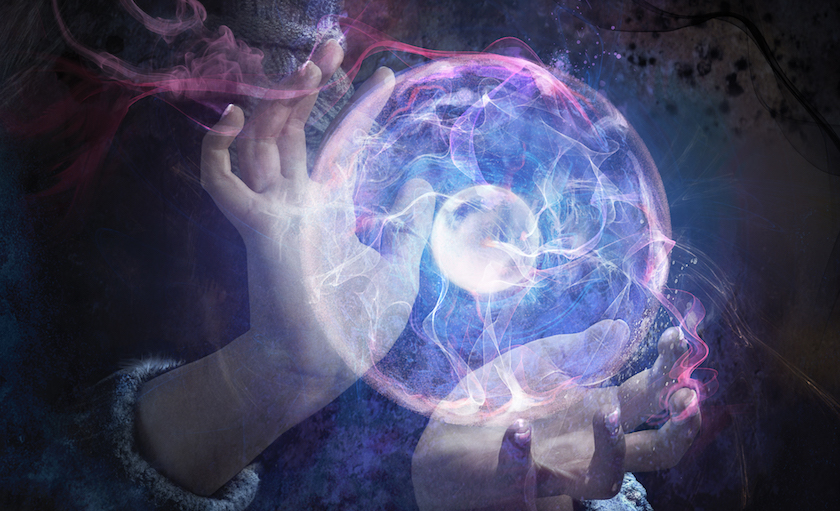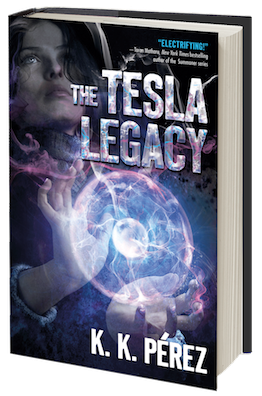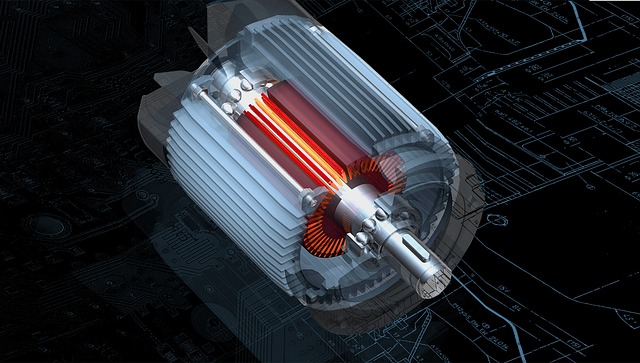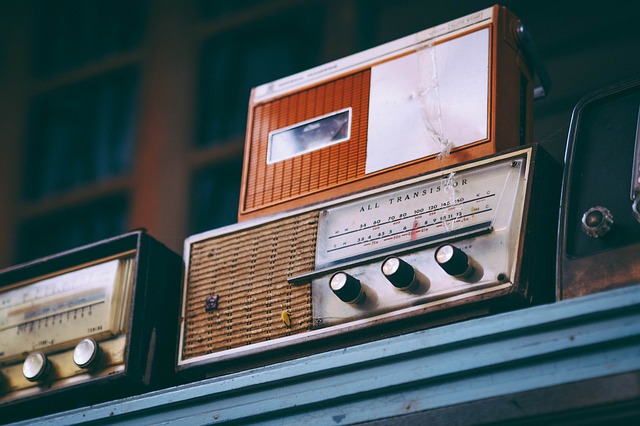
By Kristina “K. K.” Pérez
 When Nikola Tesla died in 1943 at the age of 87, he had around 300 patents to his name. The scope of his body of work is daunting. Here are five of his most important and interesting inventions that I incorporated into The Tesla Legacy:
When Nikola Tesla died in 1943 at the age of 87, he had around 300 patents to his name. The scope of his body of work is daunting. Here are five of his most important and interesting inventions that I incorporated into The Tesla Legacy:
Alternating Current
Chances are you’ve heard of the rock band AC/DC but did you know their name refers to the Current Wars between Nikola Tesla and Thomas Edison? Every time you plug in your toaster or television, you can thank Tesla’s AC (alternating current) for delivering power to the mains in your house. When Tesla first arrived in New York City from Europe in 1884, he went to work for Edison who was already heavily invested in DC (direct current) and the Current Wars began. In DC, the electrical charge only flows in one direction; in AC, the flow of the electrical charges will reverse periodically. History proved Tesla right that AC was both safe and more efficient at sending electricity over long distances.
Induction Motor & the Tesla Egg of Columbus
 Electricity creates a magnetic field, and Tesla’s experimentation with alternating electrical currents led him to work on magnetic fields changing in time. The result of these investigations is the Induction Motor where AC electricity flowing through a system of coils creates rotating magnetic fields. These rotating magnetic fields can then be used to rotate magnets on a shaft, hence creating a motor. Today the induction motor is still utilized in vacuum cleaners, hair dryers, and drills.
Electricity creates a magnetic field, and Tesla’s experimentation with alternating electrical currents led him to work on magnetic fields changing in time. The result of these investigations is the Induction Motor where AC electricity flowing through a system of coils creates rotating magnetic fields. These rotating magnetic fields can then be used to rotate magnets on a shaft, hence creating a motor. Today the induction motor is still utilized in vacuum cleaners, hair dryers, and drills.
When looking for financial backing for his induction motor, Tesla, ever the showman, knew he needed to demonstrate his invention with flare. Taking inspiration from Christopher Columbus, he constructed an elaborate experiment at the 1893 World’s Exposition that he called the Egg of Columbus. Legend has it that when Christopher Columbus went to Queen Isabella of Spain to finance his voyage of discovery, he was at a dinner where he asked all assembled if they could balance an egg on its end. Nobody succeeded. Columbus lightly cracked the shell on one end and balanced it on the table. Apparently Queen Isabella was so impressed by his ingenuity that she funded his journey.
Tesla wanted to do one better than Columbus (because of course he did) and he announced to his potential investors that he would make an egg stand upright without cracking its shell. He achieved this by using an egg made from copper and using the principles of his induction motor to make it rapidly spin in a rotating magnetic field. Needless to say, he won over his financial backers.
Niagara Falls: Harnessing Hydroelectric Power
The Tesla-Edison rivalry surfaced again when the Niagara Falls commission was deciding which company to give the contract to build a power generator at the famous falls. Edison started out the frontrunner, but after reviewing Tesla’s work for Westinghouse Electric, the contract was awarded to Tesla’s alternating current proposal. To harness hydroelectric power, the principles of the induction motor are essentially applied in reverse. Here, Tesla imagined a rotating turbine powered by flowing water that creates a rotating magnetic field, which itself then creates AC electricity in a series of coils. Despite initial doubts about whether it would work, Tesla’s system became the standard for hydroelectric power.
Radio
 In 1891, Tesla designed an electrical resonant transformer circuit that we now simply call Tesla coils. These coils feature in many of his inventions, including the radio. Like so much in Tesla’s life, his invention of radio is not without controversy. Tesla was preparing to send a radio signal 50 miles from his lab in New York City to West Point, New York in 1895 when a fire engulfed his laboratory and his work was lost. At the same time, an Italian inventor named Guglielmo Marconi based in England had been working on a device for wireless telegraphy. Using a Tesla oscillator, Marconi was able to transmit a signal across the English Channel. Tesla filed his radio patent in America in 1897, which was granted in 1900.
In 1891, Tesla designed an electrical resonant transformer circuit that we now simply call Tesla coils. These coils feature in many of his inventions, including the radio. Like so much in Tesla’s life, his invention of radio is not without controversy. Tesla was preparing to send a radio signal 50 miles from his lab in New York City to West Point, New York in 1895 when a fire engulfed his laboratory and his work was lost. At the same time, an Italian inventor named Guglielmo Marconi based in England had been working on a device for wireless telegraphy. Using a Tesla oscillator, Marconi was able to transmit a signal across the English Channel. Tesla filed his radio patent in America in 1897, which was granted in 1900.
Remember how Edison and Tesla disliked each other? Well, Edison decided to invest in Marconi and set up an American branch of his telegraph company. Robber baron Andrew Carnegie also became a chief investor. For reasons that aren’t entirely clear, the US patent office reversed its decision and gave Marconi the patent for the invention of the radio in 1904. When Marconi won the Nobel Prize in 1915, Tesla sued the company. However, it wasn’t until a few months after Tesla’s death in 1943 that the U.S. Supreme Court upheld Tesla’s patents and declared him the true father of the radio.
Wireless Technology
Tesla remained obsessed with how electricity could travel through the air. The radio was an immediate, real world application of these signals but he was truly visionary in imagining the technology that we now all take for granted in the second decade of the twenty-first century. In 1901, Tesla built the Wardenclyffe Tower (aka the Tesla Tower) on Long Island, an experimental wireless transmission station with the financial backing of none other than J.P. Morgan, with the promise that he could transmit messages across the Atlantic and to ships at sea.
Tesla believed that he could use the Earth itself as a conducting medium in order to transmit an electrical signal beyond a line-of-sight distance. When Tesla decided he wanted to build an even bigger facility to compete with Marconi’s radio-based telegraphy, J.P. Morgan refused to fund it, and eventually the facility was closed. Unfortunately for Tesla, it was some years later that it was discovered that the upper atmosphere reflects radio waves allowing their transmission around the globe. While ultimately, Tesla’s designs for wireless technology were impractical, he was one of the first to envision a wirelessly connected world.
Order Your Copy:




